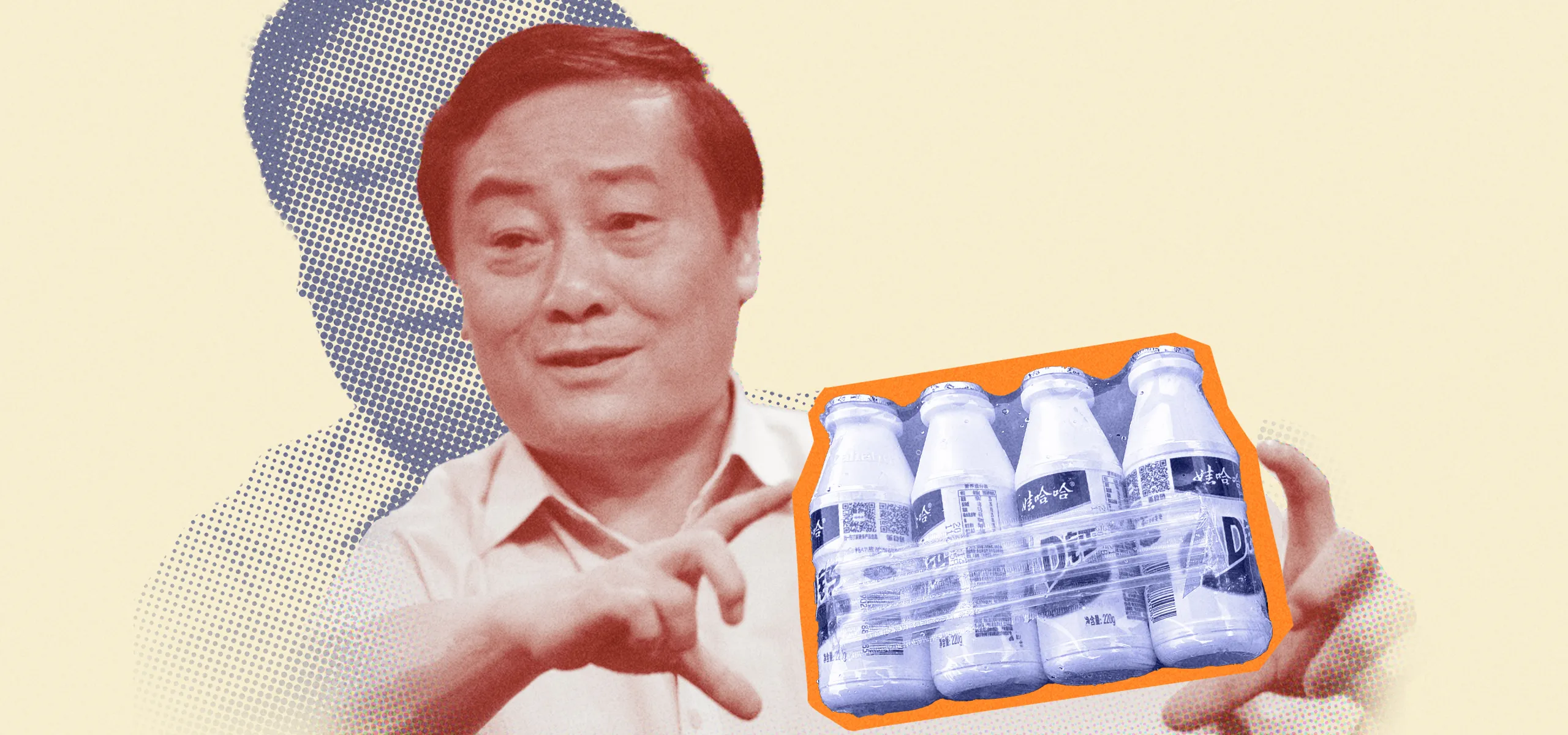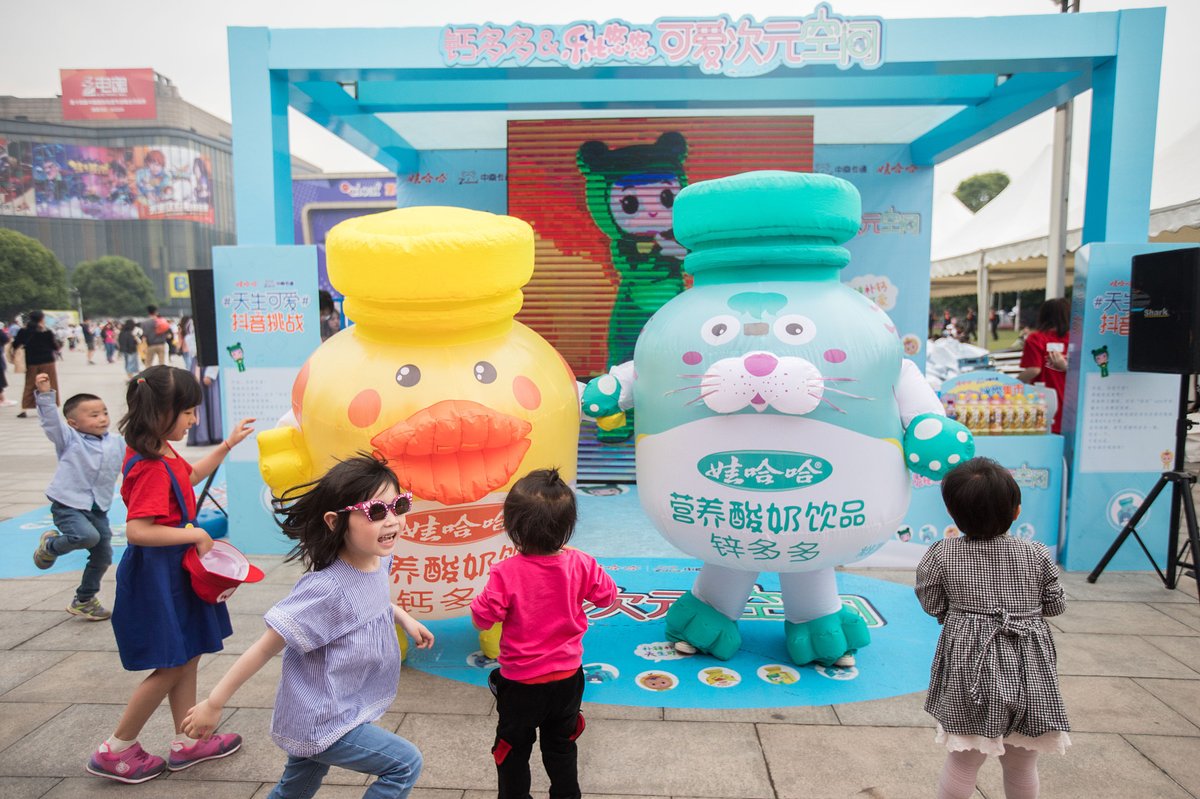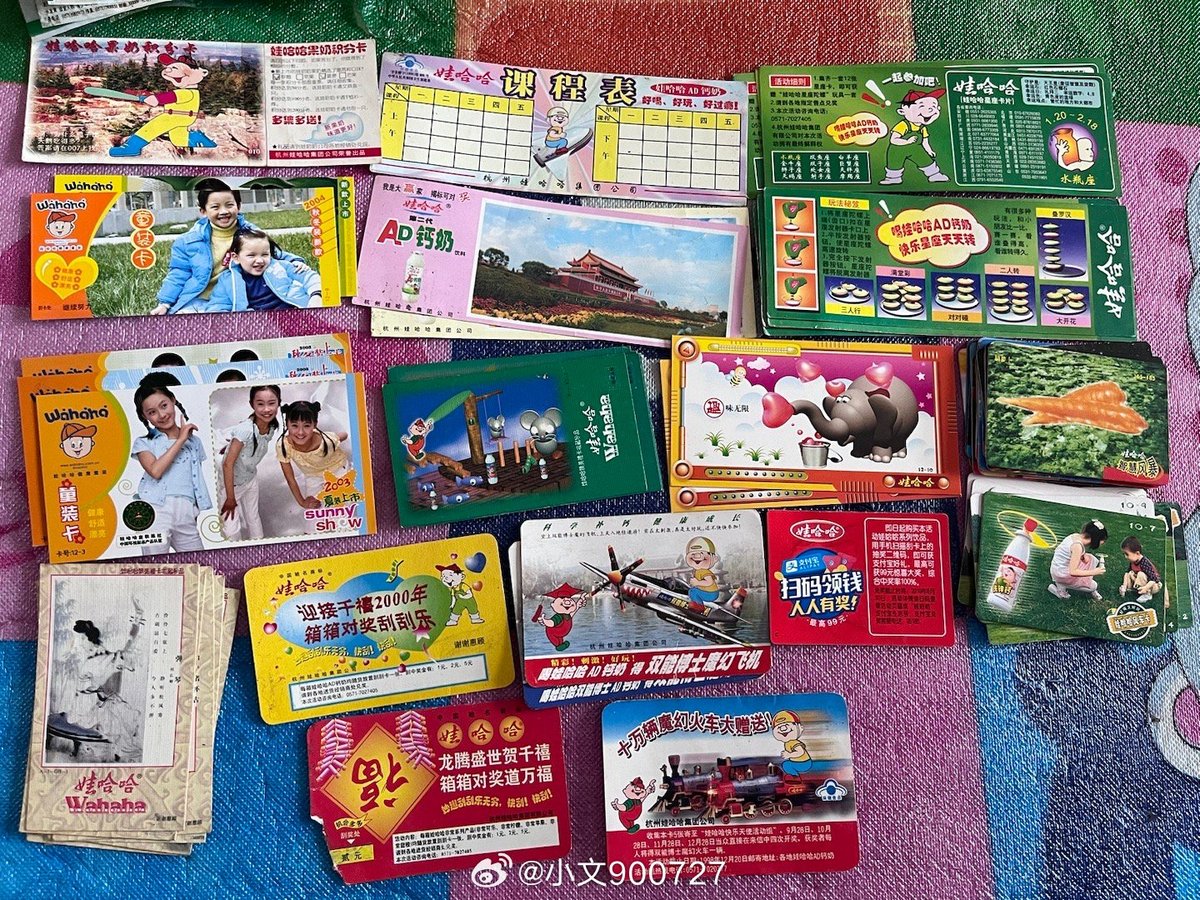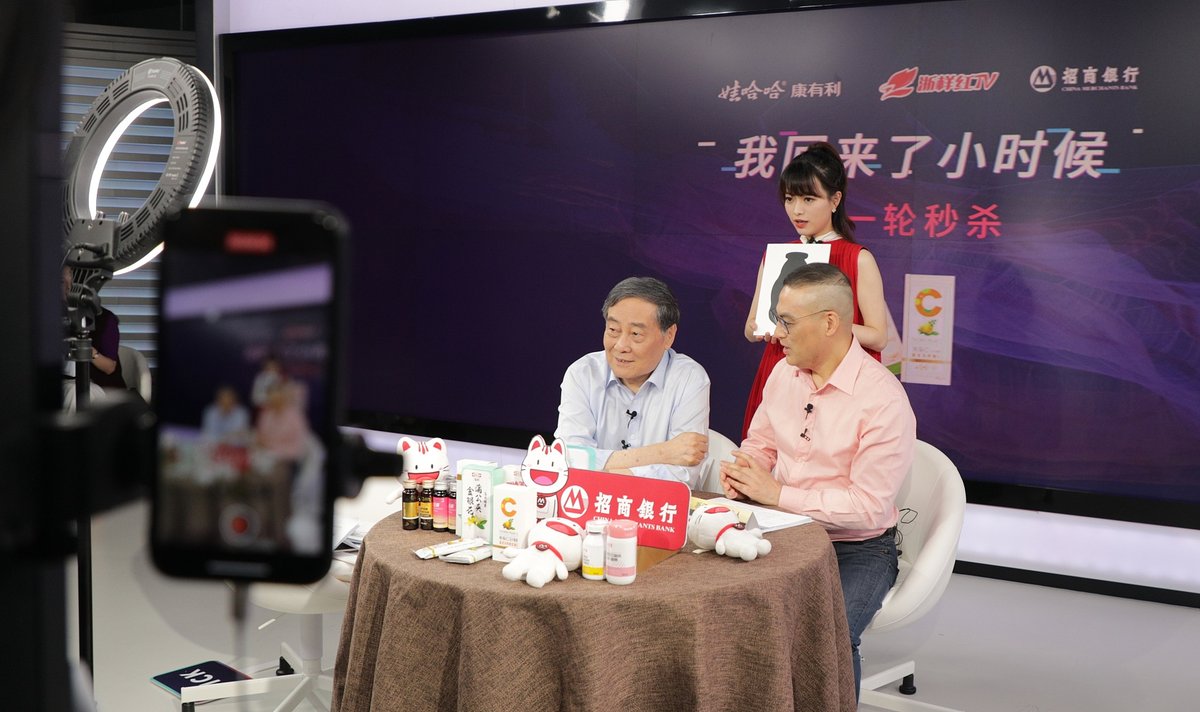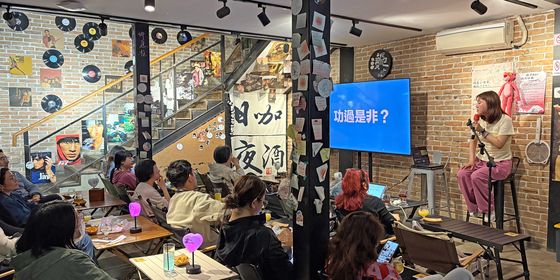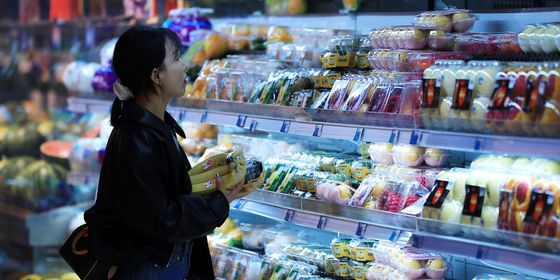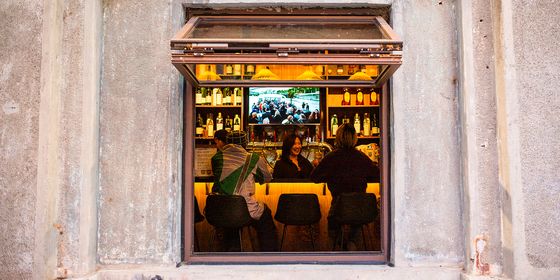Chinese billionaire Zong Qinghou’s death has led to a surge of nostalgia for Wahaha, the brand he founded in 1988
Zong Qinghou, China’s late beverage magnate, had spent the last decade trying to revive the fortunes of his firm Wahaha. He probably did not expect that his death would boost sales more than any marketing campaign.
Established in the late 1980s, Wahaha was one of China’s most successful beverage makers from the 1990s to the 2010s and made Zong, its founder and chairman, the richest person in the Chinese mainland on Forbes’s list in 2010, 2012, and 2013. However, its revenue has fallen by almost half, from a peak of 78.3 billion yuan in 2013 to 43.9 billion yuan in 2020. Despite the efforts of Zong and his daughter Kelly Zong (who joined the company in 2004 and has taken over as chairman since her father’s death), the company struggled to keep up with other new, social media-savvy brands.
But after the news of Zong’s passing broke on February 25, hundreds of thousands of Chinese, especially those born in the 1980s and ’90s who grew up drinking Wahaha products, shared on social media their stories and memories with his brand. From its sweet and sour milk beverage AD Milk to its distinctive bottled water and canned congee, consumers bought up Wahaha’s products to commemorate the self-made entrepreneur and support the company out of nostalgia.
The number of fans of Wahaha’s official online shop on Douyin (China’s version of TikTok) increased by over 1.6 million in seven days, while the shop’s sales were up 500 percent on February 28 and 29 compared to the days before, according to a report by the financial magazine Caijing on March 5. The company even made an announcement on the platform warning customers of delays to their orders due to the surging demand. Some offline stores also sold out of Wahaha products.
Many are attracted to Zong’s story of forging his business from the ground up during China’s turbulent transition from a planned economy to open markets. In 1987, 42-year-old Zong took out a 140,000 yuan loan and started running a school shop in his native Hangzhou, Zhejiang province. Before that, he had been a traveling salesman for nearly a decade, having previously spent 14 years working in the fields of a tea farm.
Zong quickly founded his company and began manufacturing drinks for other brands. It made 220,000 yuan profit in its first year. In 1989, the company rebranded as Wahaha (娃哈哈, meaning “laughing children”) and started to market its signature product (Wahaha Nutrient Solution) to parents worried about their children’s nutritional intake. “Drink Wahaha for a good appetite,” the slogan in its TV commercial went. The company saw an annual revenue of 98 million yuan in 1990.
Zong and his firm marched on, driven by the winds of China’s economic reforms. In 1991, with a staff of around 100, Wahaha took over a 60,000 square meter formerly state-owned canned food factory with over 2,000 employees. In just three months, they managed to start generating profits for the previously indebted cannery.
The company began to expand its product line, including its canned congee released in 1992 and the AD Milk in 1996. It produced over 1 billion bottles of the AD Milk in the first year of its launch, generating 685 million yuan in revenue. Coca-Cola entered China in 1979, but Wahaha’s Futura Cola—launched in 1998 and advertised as “Chinese people’s own cola”—was a hit that for a while ate into the American giant’s market share. By 2001, Wahaha had captured around 12 percent of the national market for carbonated drinks, increasing to 17 percent by 2006, making it the third largest market player behind Coca-Cola and Pepsi.
The company’s popularity peaked in the 1990s and 2000s, as the many nostalgic posts on social media in the wake of Zong’s death can testify. “I still eat Wahaha’s canned congee. When I was little, my father bought me 10 cartons as a milk replacement,” one Weibo user wrote in a comment under an obituary for Zong on Wahaha’s account.
The company was adept at producing slick TV commercials with catchy slogans and theme songs, while its sales system and vast distribution network allowed it to become the “first beverage maker to reach small towns and even rural areas in the mid-1990s,” Manfang, a business-specialized WeChat account, argued in February.
In 1994, Zong and his team innovated a risk-sharing business model where distributors paid an annual deposit equivalent to 10 percent of the previous year’s sales to continue buying products from Wahaha. The deposit would be returned with generous interest at the end of the year. Distributors had to settle their monthly payments for Wahaha products before factories delivered to them, while Wahaha also offered generous rebates to distributors that fulfilled annual sales targets. This model ensured cash flow for producers and stimulated distributors. It has since become a common case study in business schools worldwide, including Harvard, MIT, and Columbia.
Wahaha continued to grow even after its joint venture with French food group Danone soured in 2007. Danone accused Wahaha of running a parallel business alongside the joint venture that sold the same drinks, while Zong complained Danone was trying to take control of Wahaha subsidiaries not included in their joint venture agreement. In 2009, Wahaha agreed to buy Danone out of their contract.
In recent years, however, Wahaha has lost ground in the face of younger competitors like Nongfu Spring and Genki Forest. In an interview with state broadcaster CCTV in 2021, Zong attributed Wahaha’s decline to a lack of “innovation.” Though the company boasts over 200 varieties of products in its portfolio, from bottled water to tea and milk beverages, its revenue has largely relied on AD Milk, bottled water, and Nutri-Express (a breakfast nutrition drink)—the latter made Wahaha 20 billion yuan and accounted for over a quarter of its total revenue in 2013. Each of these products has been around for at least 15 years.
Wahaha has tried to modernize by launching low-sugar drinks varieties, replacing Leehom Wang (its spokesperson for two decades) with younger celebrities like Wang Yibo, and collaborating with trendy brands like Zhong Xue Gao (Chicecream), once hailed as the “Hermès of ice cream.” Despite these moves, sales didn’t dramatically improve.
Business Value, a business news public WeChat account, suggested that the beverage company had been sluggish in a fierce and changing market. For instance, while Genki Forest, a beverage producer established in 2016, soared in popularity and grabbed almost 85 percent of the domestic sparkling water market in 2019, it took Wahaha a year to release their competing product.
With the company’s pioneer gone, Kelly Zong has taken over the family business. She is 42 years old, the same age as when her father started the firm, but China’s economy couldn’t be more different. According to the company’s website, Wahaha is sold at 3 million sales outlets. But while nostalgia and affection for the firm’s founder will boost sales for a while, the fiercely competitive market means Wahaha will need more than that to prosper once more.





